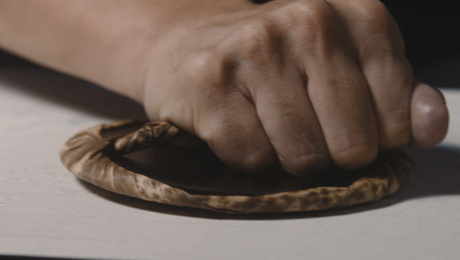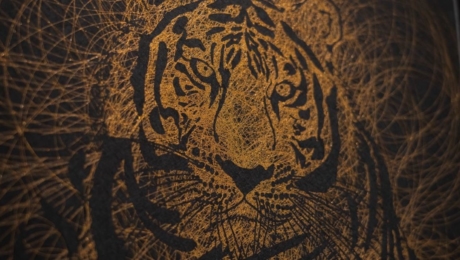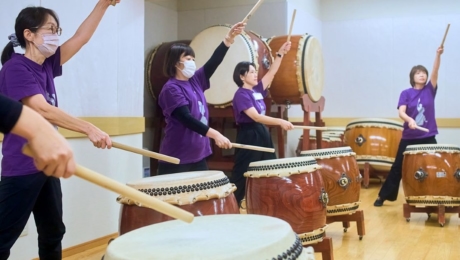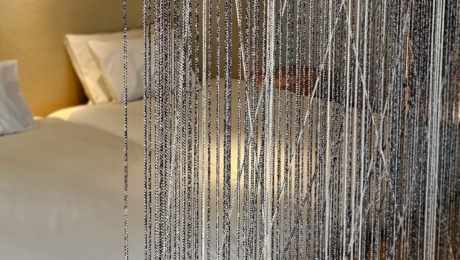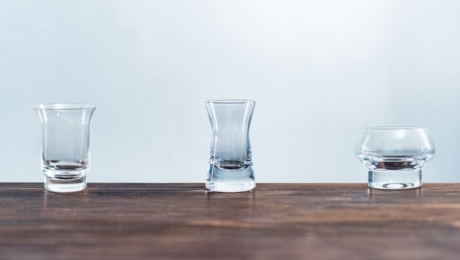
A timeless eroticism created by old and new shunga woodblock prints
2021.05.28
LIFEThe shunga exhibition at the British Museum back in 2013 earned countless praise. Japan’s first shunga exhibition was held at Eiseibunko two years later. It was an unusually large success, despite shunga being long considered taboo in Japan. This led to the growing recognition of shunga as an art form.
In March 2021, a new shunga exhibition drew attention; Contemporary Shunga: ‘Harugomori’ Makiko Sugawa + Torii Kiyonaga, held at the Spiral Room in Minami Aoyama. It featured Shunga masterpieces from the Edo period as well as the “shunga of Reiwa” by a contemporary female artist.
Takahashi Kobo, the organizer of this event, has been reviving many ukiyo-e masterpieces as an atelier serving both as a printer and publisher of Edo woodblock prints. For several years, Takahashi Kobo has been working with the Edo Woodblock Print Association chairman to reprint the Torii Kiyonaga Sodenomaki Tenarai, one of Japan’s three great shunga art pieces.
“I’ve always been thinking of tackling shunga. I then came across the Sodenomaki at the shunga exhibition at the British Museum. Remembering my father’s words about the importance of elegance in shunga, I knew this was it,” said Yukiko Takahashi, the company representative. She felt this shunga, which focused on a man and woman’s interaction with its long, thin, and bold cropping and minimal props and background had a literary element bringing out their relationship and humidity.

After reprinting six of the twelve shunga, Ms. Takahashi was contemplating on where to show them. It was then when a certain producer suggested exhibiting them together with shunga made by a contemporary artist. The chosen artist was Makiko Sugawa, an illustrator active both inside and outside Japan.
“I was drawn to her dignified and elegant style. I wanted the work to evoke the viewer’s imagination, so I told her to eliminate any unnecessary elements.”
She asked her to include only one female character, resulting in modern shunga. For example, the picture of a half-naked woman lying blindfolded with a smartphone beside her. It only has a few elements but is enough to make one’s imagination run wild. The delicate use of lace is one of the characteristics of Ms. Sugawa’s works and also where she showed off her Edo woodblock printing skills.
“Exhibiting old and new shunga simultaneously creates synergy, giving off an eroticism that transcends time.” As Ms. Takahashi said, the venue was crowded with young women and couples every single day. Ms. Takahashi hopes to hold a second contemporary shunga exhibit in the future as well as a third. Her drive is rooted in her passion to “spread the culture of shunga and pass on the techniques nurtured by tradition to the next generation.”
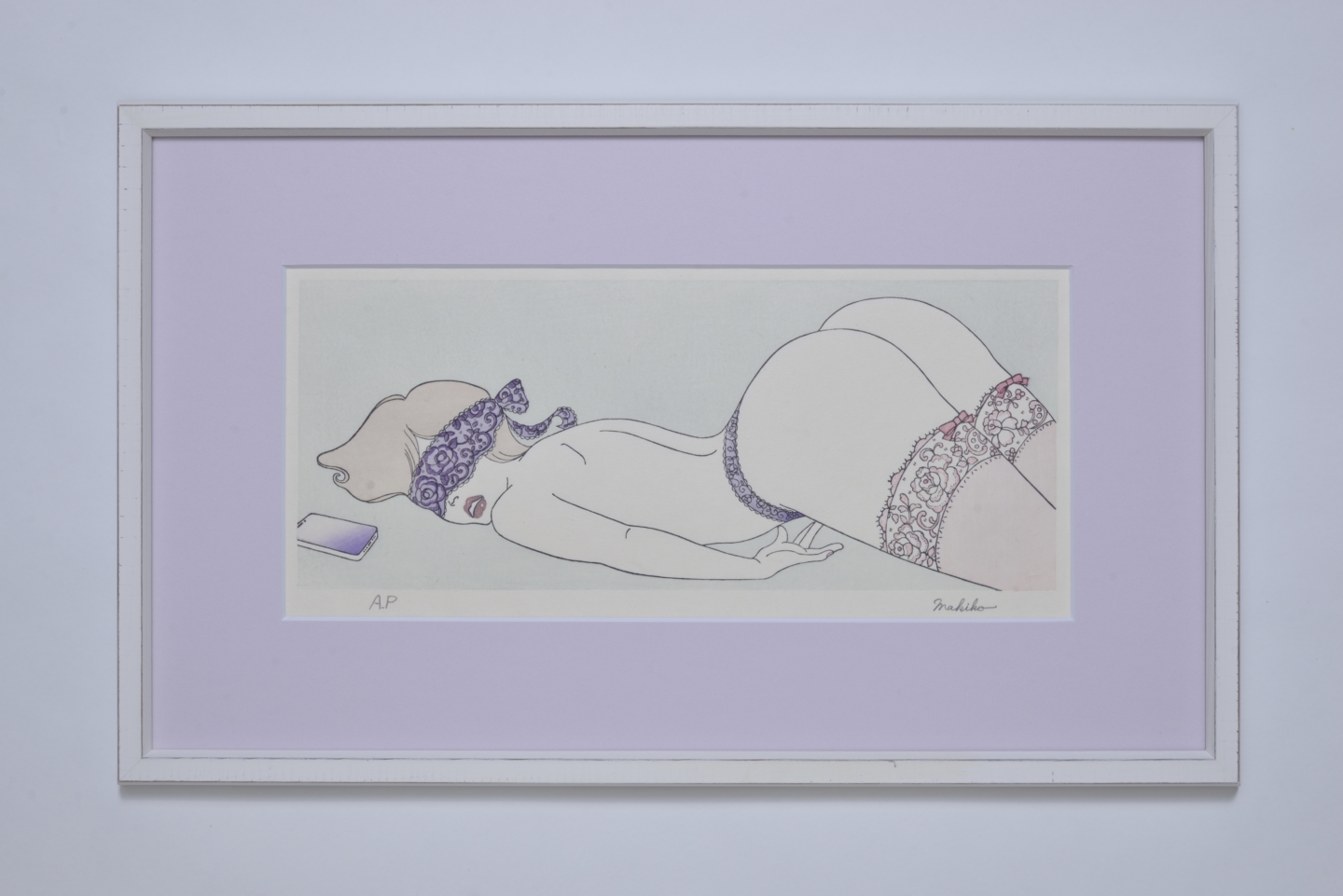
Painting titles(from above):
Torii Kiyonaga “Sodenomaki Tenarai”
Torii Kiyonaga “Sodenomaki Ageboshi-no-Okujyotyu”
Makiko Sugawa Artworks: Harugomori (Smartphone)
Art: Makiko Sugawa
Traditional Hand-printed Edo Woodblock Print, 12x engraved, 14x printed
Carving: Saeko Baba | Print: Noriyasu Soda | Planning/Production: Tokyo Takhashi Kobo


